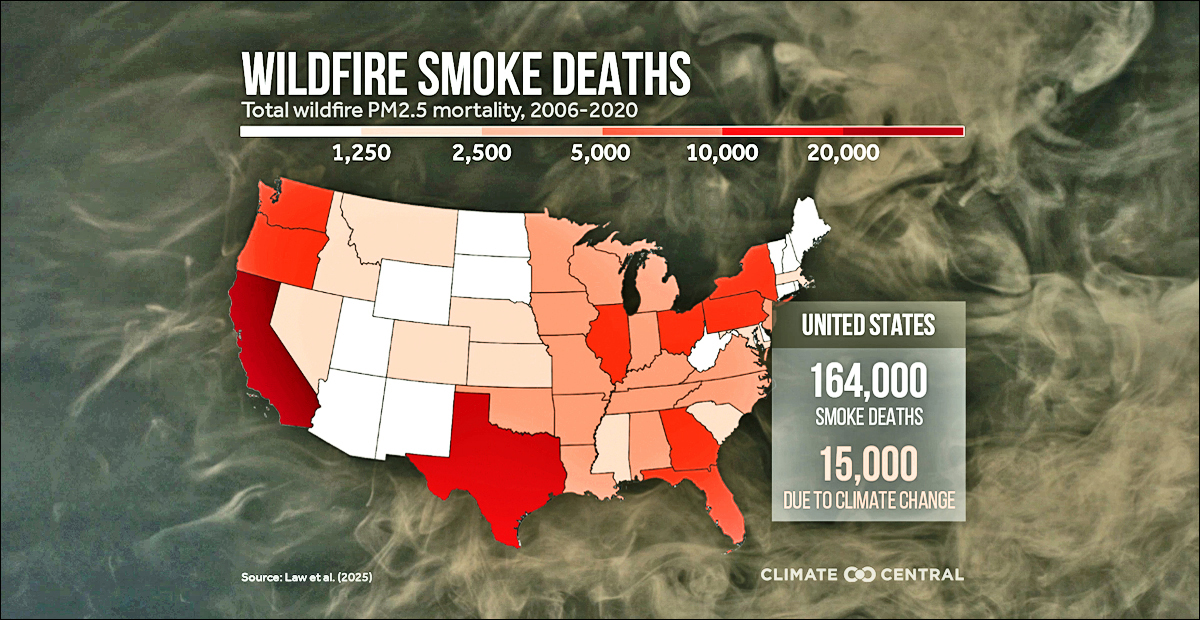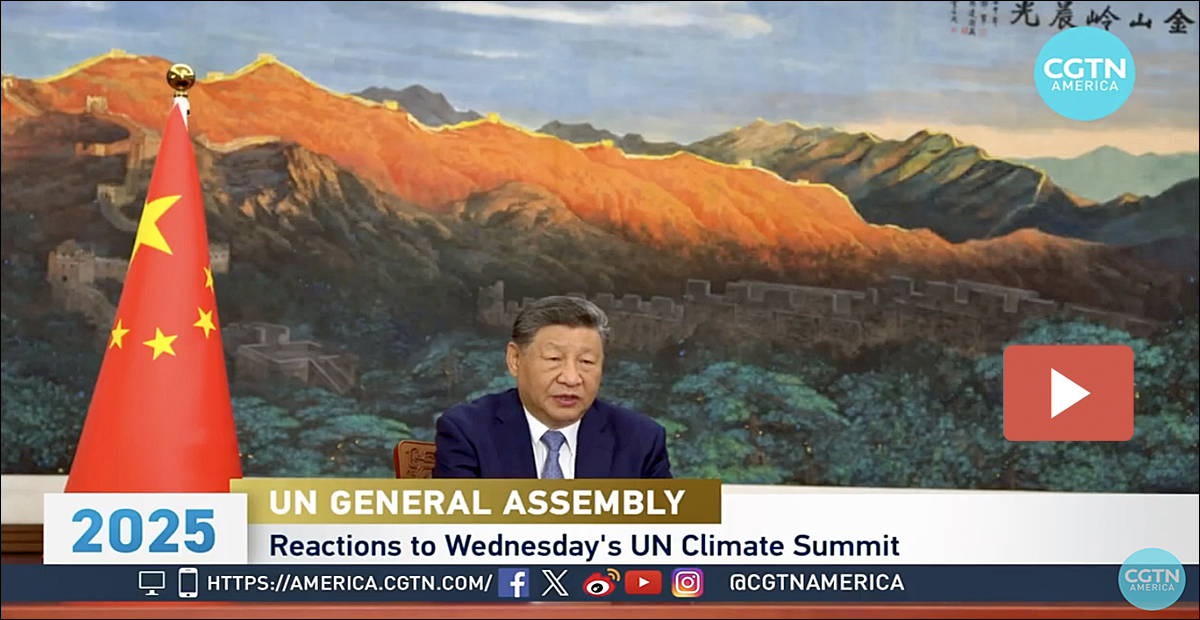Dear Friends,
Since we began compiling this digest of local and statewide climate news in Georgia, we’ve both weathered storms and basked in the glow of progress. Cleantech has given us high hopes through high-paying jobs and economic growth across our state. At the same time, we’ve been deeply concerned about how climate change is affecting our ability to stay safe and thrive.
We all agree that we need reliable, affordable energy, but our economic future also depends on a stable climate. We need to be clear-eyed about the risks if we want our wonderful Peach State to thrive. As a group of citizens concerned about the economic, health, and national security impacts of climate change, we hope to build consensus across the political spectrum about the urgent need to address it. We welcome your support and ideas. Please reach out to us!
Sincerely,
The C-Change Conversations Athens Team![]()
Georgia News of Hope
Georgia will proceed with a $135 million federal project to build electric vehicle charging
stations along key interstate corridors, including I-16 and I-95. The future of the program had been in doubt since the Trump administration halted funding nationwide for the National Electric Vehicle Infrastructure program. The Georgia Department of Transportation revised its plans to omit any emphasis on serving rural, underserved, or disadvantaged communities in order to comply with the administration.
Despite recent tensions following an immigration raid that resulted in the arrests of more than 300 South Korean citizens, Hyundai Motor Group is moving forward with its confirmed $2.7 billion expansion of its plant west of Savannah. The company also said it plans to produce 10 electric and hybrid models, up from two currently in production as the new plant ramps up.
Bird e-bikes will offer half-off rides to residents of 10 Atlanta housing communities. The novel partnership is aimed at increasing affordable and accessible transit, but it will also reduce air pollution from gas-powered vehicles.
Netflix has entered a 15-year agreement with the American Forest Foundation to purchase carbon credits that will support family landowners in Georgia and other Southeastern states. The Fields and Forest project will finance the transition of underutilized farmland into new, working forests by covering the costs for site preparation and tree planting.
The Bibb County School District in Macon is upgrading its fleet with 15 electric and 10 propane buses. The district won a $6 million federal grant from the EPA’s Clean School Bus Program to replace polluting diesel buses, which are linked to high rates of pediatric asthma.
EnergyTek Corporation plans to invest at least $275 million to establish a new renewable energy manufacturing operation in Moultrie. The investment is expected to create 1,300 jobs and enable the company to produce a vertically integrated supply chain of products including solar panels, inverters, EV charging systems, and microgrids.
Georgia News of Concern
A year after Hurricane Helene carved a destructive path through Georgia, causing an estimated $5.5 billion in damage to the state’s economy and claiming hundreds of lives across the Southeast, recovery remains a slow process. Marshall Shepherd, director of the University of Georgia’s Atmospheric Sciences Program, said Helene provided a clear example of climate change’s influence on storms. He noted that studies consistently show a warming world leads to hurricanes that carry more moisture, strengthen more quickly, and travel farther inland.
Emory University researchers are tracking Atlantans’ exposure to heat, humidity, and air pollution as the city experiences more extreme heat due to climate change. They plan to use the data to help people make better decisions related to public health. According to the CDC, children, the elderly, and people with chronic health conditions like heart disease are most vulnerable to heat-related illness.
Ways to Act
This article about “vampire energy” is just in time for Halloween. Vampire energy is the wasted electricity that comes from leaving devices plugged in when they’re not in use, and it accounts for about 5% to 10% of home energy use. Disabling standby modes on smart appliances and unplugging devices when they’re fully charged can significantly reduce carbon emissions.
Take advantage of clean-energy tax credits before they expire at the end of the year. This article provides a roundup of available savings.
Georgia is one of only 10 states that directly elects the utility commissioners who have regulatory power over our utilities. If you are worried about rising power bills and Georgia’s deepening reliance on fossil fuels, please vote for the two Public Service Commission seats up for grabs. Early voting runs Oct. 14–31. Election Day is Tuesday, Nov. 4.
Photographer Teake Zuidema’s exhibition “Living on the Edge” – currently on display at ARTS Southeast in Savannah – uses images of Georgia’s coastal forests to spark a conversation about climate change. His photographs capture trees that are stressed and shaped by their watery environment. Ecologist Elizabeth King explains that while these trees can tolerate being inundated, they cannot survive it forever and are at risk as climate change affects our barrier islands. We hope you can catch this exhibit before it ends Oct. 18.

“Stretch of Fall” by Teake Zuidema was photographed at Skidway Island State Park. Source: Teake Zuidema
The Big Picture: U.S. & Global Climate News
In September at the United Nations’ General Assembly, President Trump called climate change the “greatest con job ever perpetrated on the world,” exhorting countries to turn away from renewables and use more fossil fuels. On the same day, Secretary of Energy Chris Wright called on the world to join with the U.S., Iran, Libya, and Yemen in rejecting the Paris Agreement. At home, the administration announced a new initiative to invest millions to revive the mining and burning of coal.
At the same UN meeting, China announced its updated pledge to reduce emissions by 7-10% by 2035, continuing its blitzkrieg buildout of clean energy. This historic investment in clean energy has already led to a small decrease in China’s emissions in recent months, a major milestone for the world’s largest annual emitter. Earlier, China reaffirmed the importance of the Paris Agreement and called for greater international cooperation to address climate change.
Meanwhile, across New York City at Climate Week, the talk was less about policy and more about energy demand and security. After a decade of flat consumption, U.S. energy demand is expected to increase dramatically, in part to meet AI’s voracious power needs. Existing natural gas facilities will continue to play a starring role, but building new plants has gotten much more expensive due to multi-year backlogs on orders for new natural gas turbines and from tariffs. The new energy “darlings” – nuclear, geothermal, and fusion – are promising, but are also currently very expensive and have long runways to get to market.
The cheapest and quickest way to meet this ratcheting demand is to expand renewables and storage, upgrade our grid, ramp up energy efficiency, and create decentralized energy systems. Yet the administration, with its fossil-fuels-first and anti-renewables agenda, is slowing progress.
It all seems a bit topsy turvy: China is emerging as the climate hero while the U.S. is increasingly labelled a climate pariah. Clean energy, once a “green dream,” is now an economic imperative. Fossil fuels, historically considered the only way to lift poor countries out of poverty, are now eclipsed by clean energy that can increasingly provide those same benefits – and do so without the ancillary costs to health, environment, and climate, and while providing developing countries with more energy sovereignty and resilience.
As I’ve said before, the times are a’changing. We’d better not be left behind.
Notable Quote
“Green and low-carbon transformation is the trend of our times. Despite some countries going against the trend, the international community should stay on the right track, maintain unwavering confidence, unwavering action, and undiminished efforts.” – Chinese President Xi Jinping
News of Concern
While the powers that be argue over policy, Mother Nature is doing her thing – sending temperatures spiking and wildfires burning. In fact, wildfire smoke is now projected to be the most expensive climate risk by mid-century, harming more Americans than any other climate threat. It already kills more than 40,000 each year, with small-particle pollution infiltrating our lungs to reach our bloodstream, causing inflammation and disease. By 2050, we will see a lot more smoke, which means going outside for an evening walk, a hike, or a game of tennis could be a lot more dangerous – not to mention impacts on outdoor workers who by definition spend hours each workday outside.
And it’s not just our outdoor time that is in jeopardy. Wildfire smoke is already changing the flavor of our wine, with Napa Valley wines especially at risk this year after an active fire season. Compounds from the smoke can change the flavor, adding an ashy or cigarette flavor that signals that the wine is “smoke-tainted” and reduces its market value.
Climate change is also impacting our water – specifically the ocean currents responsible for bringing warmth to Europe and influencing rain patterns around the globe. A new study this month shows parts of the Gulf Stream could begin to collapse earlier than thought – potentially by 2060. This has been a concern for a while but it was assumed to be a far-off threat. We know that climate changes have switched this current on and off in the past and that it radically changed temperatures and precipitation patterns in Europe. This is a tipping point we don’t want to cross.
The dangers of climate change were also highlighted in a report from the National Academies of Science, Engineering, and Medicine that stated the evidence for current and future harm to human health and welfare created by human-caused greenhouse gases is “beyond scientific dispute.” This is a direct rebuke to a hastily written and error-filled Department of Energy report that downplayed climate change risks. The EPA is using the DOE report as fodder in its proposal to roll back the 2009 endangerment finding, removing this important legal underpinning from federal climate policy in a way that would also bar future administrations from taking action. Pushback from the scientific community has been fierce, and the group that wrote the discredited DOE report has been disbanded, but the EPA still appears to be moving forward to rescind the endangerment finding in December. As part of the same action, the EPA also proposes to repeal the 2024 standards to reduce pollution from cars and trucks.
News of Hope
If our News of Concern leaves you downhearted, we have one prescription: attend Climate Week in NYC next year. You will leave energized and hopeful after being exposed to so many bright entrepreneurs with new ideas and technologies. From grid enhancement technologies that enable us to get more energy out of our existing poles and wires, to sediment transfer that boosts sinking marshlands, to using undersea volcanic microbes to make “petrochemicals” from agricultural waste, the concepts on display showed creative solutions to a wide range of climate challenges. Human ingenuity is exhilarating!
One major theme: fusion – the power created by stars – is finally coming within reach, underscored by the announcement last month that the Italian energy company ENI had pledged $1B to a U.S. startup for fusion energy on the grid in the 2030s. This clean, abundant, “available 24/7” power has long been considered the holy grail of new energy, and it is getting a lot of support from private investors as well as the Trump administration.
Another key theme: storage. Batteries are becoming ubiquitous, their plunging prices allowing them to play a major role in stabilizing the nation’s grid and enabling renewables to pick up more of the load. Reports show that solar and batteries are making the Texas grid much more resilient against heatwaves and outages, and that these clean technologies are now much cheaper than building more natural gas plants. And in fire-prone areas like California, stand-alone microgrids of batteries and solar are providing energy to hard-to-service communities. These new microgrids do not need the grid connection poles and wires that have repeatedly ignited wildfires, so they provide a more stable and secure energy source.
And perhaps the biggest theme of all: solar is growing internationally at breathtaking speed, up 64% in the first half of this year versus the first half of 2024, driven by China’s rapid scale up. Importantly, solar costs continue to drop significantly, making it the lead horse for future energy additions around the world, even in developing countries where most of global economic growth and energy usage is predicted. China is also exporting cleantech at a blistering rate – expending more than the U.S. did in the Marshall Plan after WWII – helping developing countries access clean energy and increase their economic growth.
India, the world’s third largest emitter, is also ratcheting up manufacturing and use of solar. A solar plant in India costs 50% less than building a coal plant, and this economic reality is pushing the nation to develop manufacturing that might challenge China in the future.
While the U.S. is backtracking, with our solar growth slowing due to the administration’s efforts, installations in early 2025 were still near record highs. The companies responsible for power-hungry AI centers – like Google and Microsoft – have deep pockets and continue to commit to decarbonization goals. This is forcing and funding innovation and challenging our antiquated utility system.
So, what is more powerful? Ideology or economics? Will the President’s aversion to clean energy and inclination to support fossil fuel interests be able to counterbalance the new economic realities of the energy supply? Stay tuned. It’s going to be an interesting ride.
Notable Graphic

We have been breathing in “record levels” of wildfire smoke, which is endangering our health – and causing a spike in related, premature deaths, according to Climate Central. Smoke can spread hundreds – even
thousands – of miles from the site of a wildfire, putting millions of people at risk even when they aren’t
near the blaze.
Notable Video
Sourced: CGTN America
Despite U.S. backtracking on climate goals, world leaders reiterated their commitments to reducing carbon emissions during the September United Nations General Assembly in New York.



